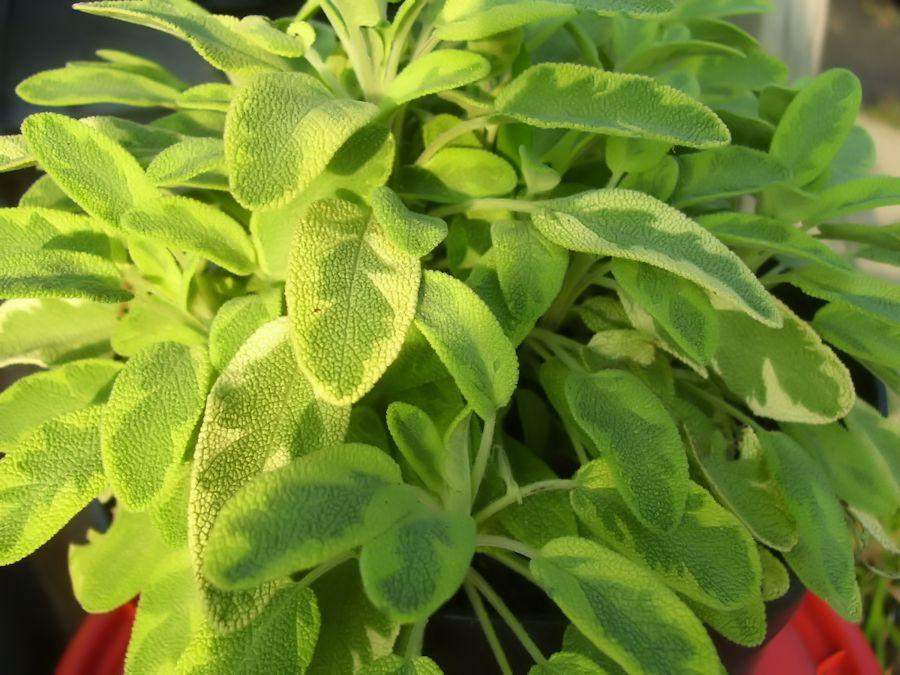There’s nothing like fresh herbs to add amazing flavor to your favorite dishes! Imagine how delightful it would be to have herbs growing right outside your door, so you can step out and snip off a few sprigs whenever you needed them.
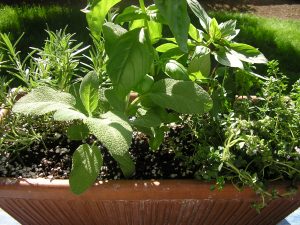
Herbs in a Container
- Â Choose a location close to the house. You don’t want to have too far to walk, or you’ll find yourself avoiding trips to the herb garden. It doesn’t have to be a large space, you can grow a lot of herbs in a small area. You’ll want the place you choose to have sun for at least half the day. Containers work great too and can be placed right outside the door.
- Select the herbs you use the most. You may love the idea of growing seven varieties of mint, but if space is limited you’ll want to stick with the herbs you know you’ll use. For most of us that includes basil, oregano, mint, thyme, and chives.
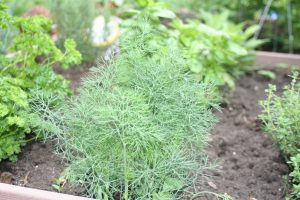
Small Herb Garden
- Give each plant enough room to grow. Some herbs get quite large and will need plenty of space. Others can comfortably squeeze together in tighter spots. Here’s a good rule of thumb: allow 3-4 feet for rosemary, sage, mint, and oregano. Give 2 feet for basil, thyme, tarragon, and savory. And cilantro, chives, dill, and parsley will do fine in 1 foot of space.
- Prepare the soil. Most herbs are pretty easy going and will do well in any type of soil. But to give them a great start, add an inch or two of compost and work it into the soil. This will improve drainage and add a boost of fertilizer. Be sure to water your plants regularly, as soon as the top couple inches of soil is dry to the touch. Avoid over-watering!
- Harvest properly. When your herbs reach 6-8 inches tall, you can use garden shears to snip off about 1/3 of the plant. If you cut close to a leaf intersection your plants will regrow more quickly. It’s best to use shears instead of ripping leaves off with your hands, to avoid damaging the plant.
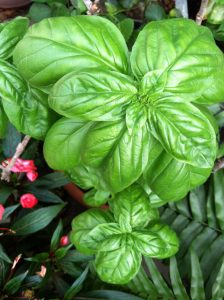
Basil Ready to Harvest
Now you can prepare the perfect batch of spaghetti sauce, or flavor a gallon of herbal iced tea for your summer gatherings! Choose any of the varieties below, and start your herb garden soon! (Click the herb in bold type for more info!)
Basil –Â Snip off flowering tops to keep the leaves growing. Always add fresh basil at the end of the recipe, to retain the best flavor. Genovese is the recommended variety for cooking.
Chives –Â These like to be trimmed regularly to encourage growth. Divide the clump every couple years to keep it healthy. The flowers are edible as well as the stems, so toss some in salads for a fun splash of color and mild onion flavor. Try garlic chives for a bolder flavor!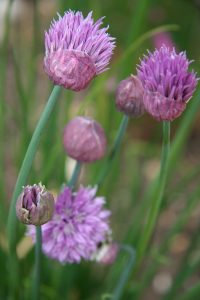
Cilantro –Â one of the easiest herbs to grow from seed, cilantro is a fast-growing annual. The entire plant is edible: the leaves, seeds (also called coriander) and the roots (for use in soups and stir-fries). The flower heads are pretty in salads.
Mint –Â this hardy perennial is known for its invasive tendencies. We recommend keeping it in a container! Mint is versatile and can be used fresh or dried.
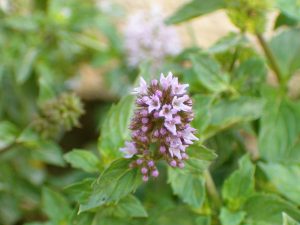
Mint Flowers
Oregano – another herb that’s easy to grow from seed, oregano (and the similar marjoram) come in a variety of sizes and flavors. If you dig it up and place it in a pot in your garage, it will last through the winter. The leaves have their best flavor in summer, and the blooms can be added to soups and roasted veggies. Try Greek oregano for the best flavor, or Italian oregano for a delicious oregano/marjoram cross.
Sage –Â This is a hardy perennial with a multitude of uses. Dry your extra sage leaves for use through winter. The tiny flowers are sweet and can be used as a garnish.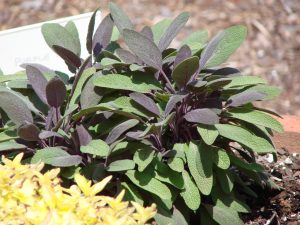
Thyme – Cut back any blooming branches to encourage new growth. It pairs beautifully with meat and vegetable dishes and actually aids in the digestion of fatty foods.
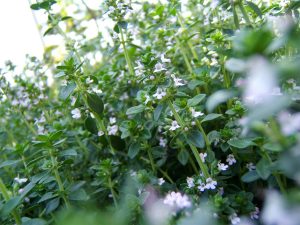
Copyright 2018 Everwilde Farms

